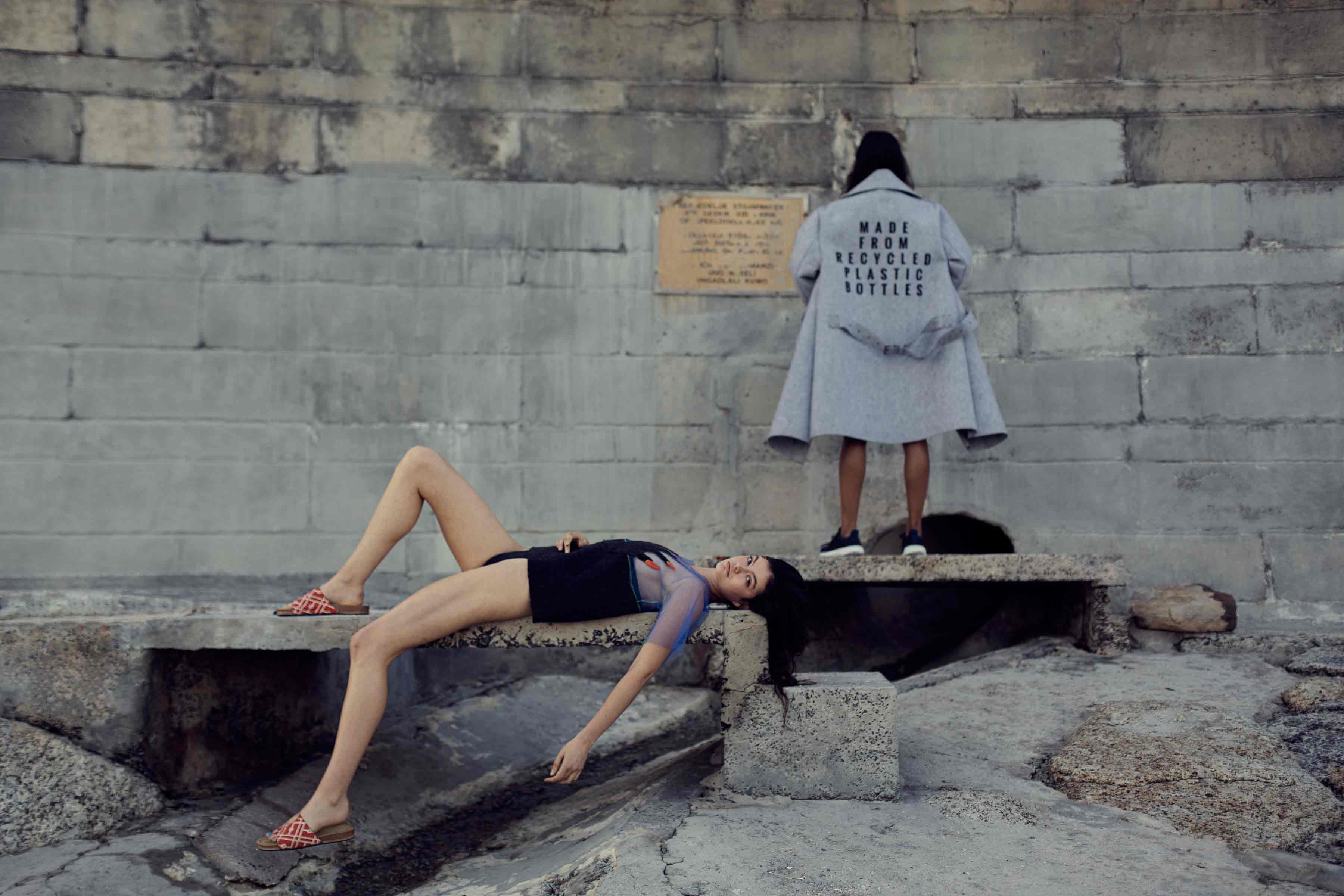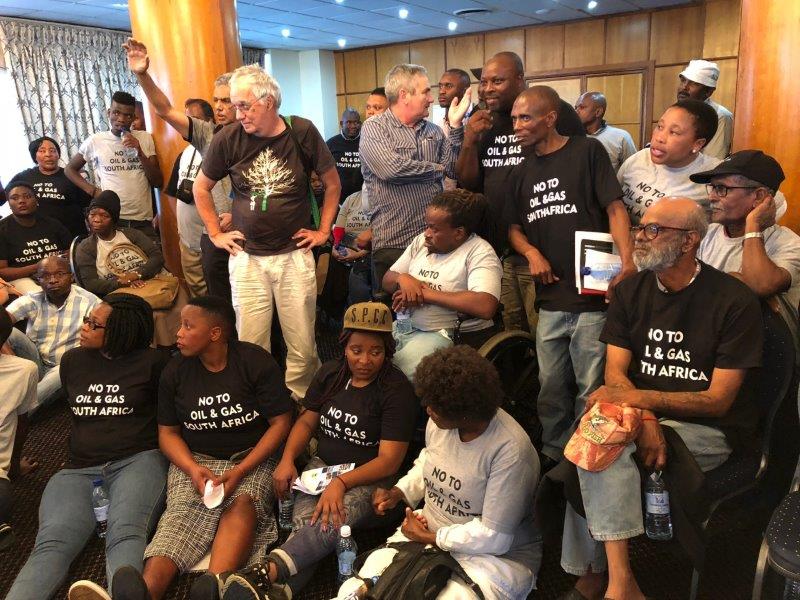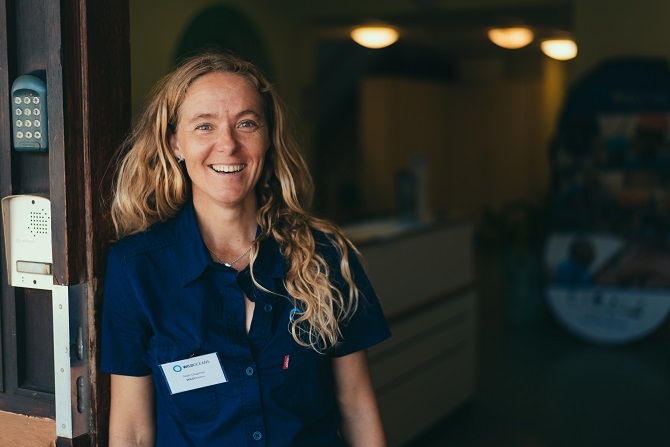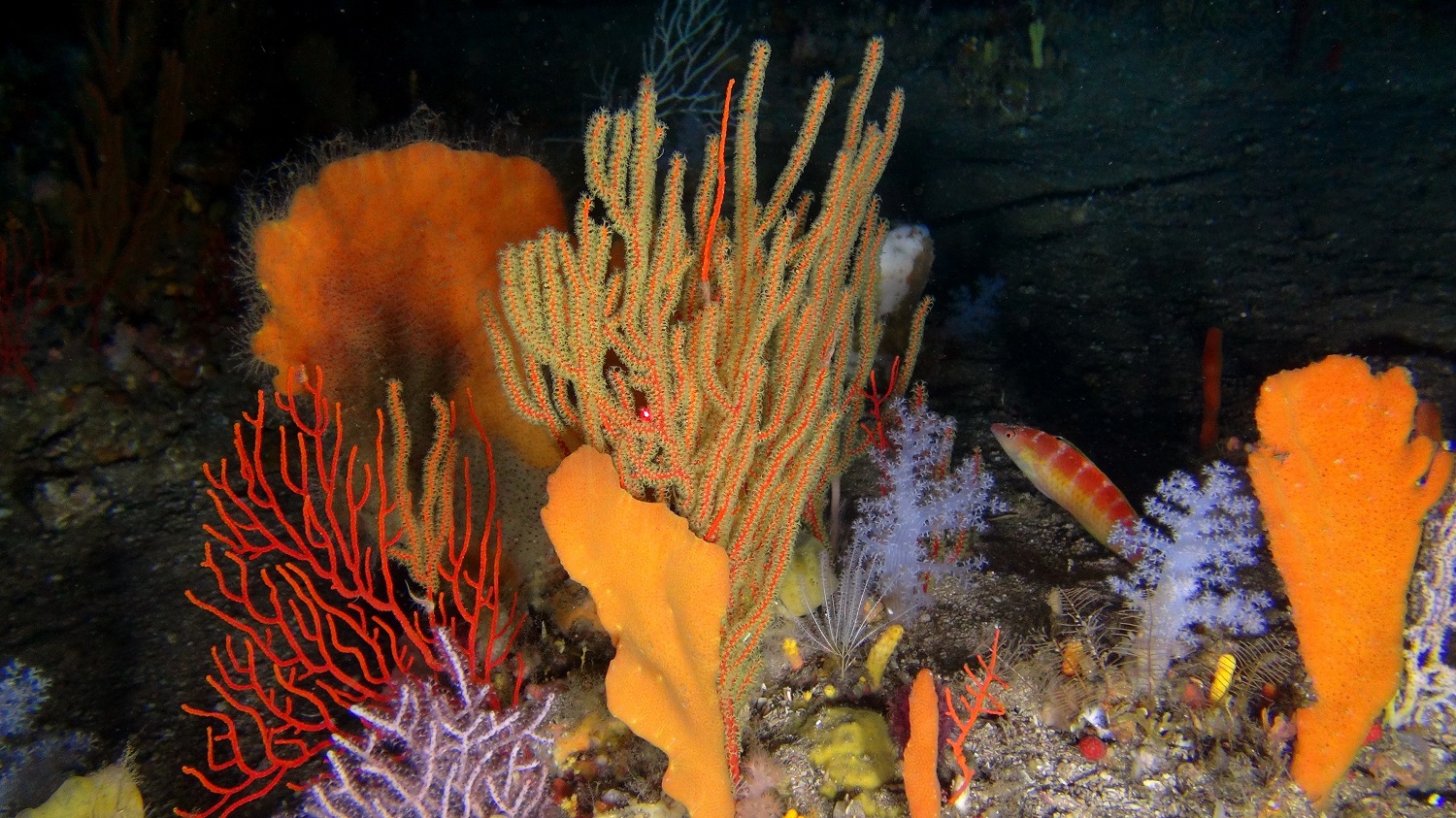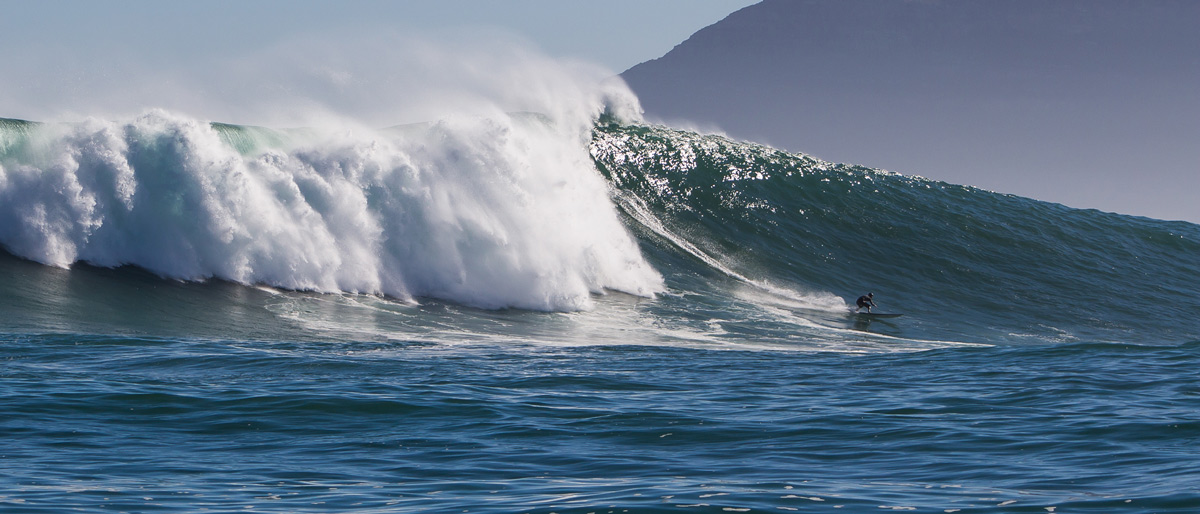Our fashion choices are killing the oceans. Diony Lalieu explains why… and what’s being done to roll back the plastic tide.
First published in Mango Airline's Juice in-flight magazine
WORKING from home means I spend my days in dated knitwear and baggy ripped jeans – and I don’t mean the cool kind. So I leap at the opportunity to dress up, even for just that Friday night braai.
But an invite to dress to the nines for a “green carpet” event at the Two Oceans Aquarium, had my style-ability stumped.
I’m involved in an initiative that works to reduce the impact of single-use plastic on our ocean. The green carpet dressing should have been second nature to me, right?
Well, I’m ashamed to admit there was little in my wardrobe that would pass the green test.
Unfortunately the same goes for most of our wardrobes and most of the thousands of clothes that rack South Africa’s stores and boutiques.
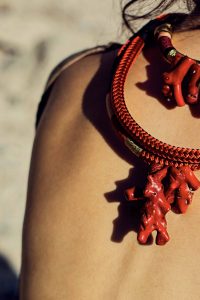
What few of us realise is that the ocean is responsible for up to 60 percent of the air we breath. So, while we continue to dump over 8 million tons of plastic into our oceans every year, we are slowly suffocating ourselves.
Contrary to what many think, it’s not cigarettes, plastic bags nor straws which add most to ocean plastic. The largest pollutants are microfibres; tiny, super-fine synthetic yarn from which nylon, polyester and spandex are made.
Every time we fill our washing machines with this stuff, as many as 4 500 tiny fibre strands per gram of clothing are released, entering the waste-water system and ultimately our rivers and seas.
According to a 2017 report by the International Union for the Conservation of Nature, as much as one-third of all the microplastics in the ocean come from our clothes.
Good news
But with the global spotlight increasingly on waste, clothing manufacturers and designers, including in South Africa, are starting to look at how to make fashion more sustainable and ethical. They are asking themselves some tough questions, including about the working conditions and wages of the people who make our clothes and whether any animals were harmed.
Designers are more aware of the impact of growing cotton on soil; water wastage; and microfibres and chemicals entering our waterways.
There is also a move to “slow fashion”, which seeks to extend the life-cycle of garments and source materials locally. The thinking is that people will pay a little more for craftsmanship and quality, items designed to last and where the manufacturing process is kinder to the planet.
International brand such as Adidas Parley, Stella McCartney, and Pharrell Williams for G-Star Raw are riding this new wave, even using plastics fished out of the sea to manufacture super-trendy shoes and jeans.
The chic shift is not limited to those with deep pockets, either.
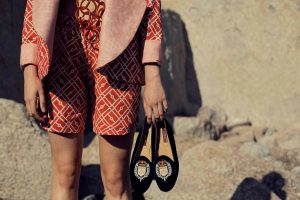
Mass market retailers are pledging to do their bit for sustainability.
H&M offers vouchers for the return of used garments and TopShop focusses on repurposing would-be-waste fabrics.
South African designers have been making green magic too, finding smart ways of doing away with disposable.
Inspirational designer and entrepreneur Katherine-Mary Pichulik, speaks about the “alchemy of turning everyday materials into something precious”.
Her team in the Western Cape fashions unique neck pieces from refurbished rope, salvaged from the yachting industry.
The eco-conscious adventure brand, Sealand Gear, offers high-end outdoor apparel and bags upcycled from sailcloth, billboards or trucking tarpaulin. It’s an environmentally-friendly formula that has helped the Cape-based company build a network of stockists in South Africa, the UK, France, New Zealand and Japan.
In Johannesburg, Serati is breathing new life into not-so-new styles. It’s a way to prevent the accumulation of waste from end of season stock.
While Cape Town design duo Me&B take things a step further, testing repurposed designs on consumers and only then producing the most desirable styles.
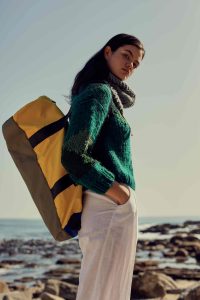
Choob Duffel Bag, R2900: Sea Land Gear
Zip Snood, POA: Helon Melon
Essential White Linen Wide Leg Pant, R899: Me&B
Sama Sama, Pichulik and Sitting Pretty, all Cape-based but with stockists elsewhere in the country and abroad, use certifiable organic cotton.
Pichulik offers a repair services while Sealand Gear’s warranties are a testament to quality, which in itself encourages customers to repair their goods rather than throw them away.
“It’s all about seeing waste differently,” says Adri Neethling of Ballo, which makes trendy unisex sunglasses from hemp and sustainable cork.
“Putting planet before product” means deviating from traditional business
models in which waste is the necessary byproduct of maximizing profit, says Neethling.
Not always an easy path to tread, but Cape haute couture shoemaker
Caren Wilensky, of Coast & Koi, reckons it’s worthwhile.
“It takes a lot of effort to go against the grain, but following you heart is very important,” says Wilensky, whose range includes “vegan” shoes made from non-animal materials.
Back to my green carpet, I needed to be mindful about each item I selected for the big night: I felt sore about the sequins on my beloved Zara jacket; I fretted about the faux fur of my favourite stole.
After what felt like hours agonising over the cost to our plant of each item, I finally grabbed my late mother’s bejewelled jacket and a pair of hand-me down G-Star denims.
Not my first choice, perhaps, but I looked the part. More importantly, the green-carpet dress-up made me think again about my choices. – Roving Reporters
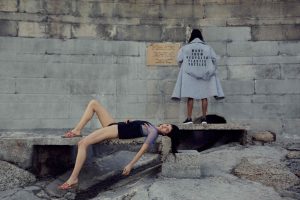
Responsible shopping
Our eternal quest for the latest look has taken its toll on the planet. Adopt these guidelines for a more sustainable approach to fashion.
- Less is more. Invest in quality fabrics and timeless styles. Save our planet (and your purse) by mending clothes and supporting gently-worn initiatives.
- Check your labels! Go for organic, natural fibres. Avoid fluffy, synthetic fibres.
- Support local, sustainable brands
- Wash less, but wash smart. Saves on water, extend the garments lifespan and release less microfibres.
- Wash with Earth-friendly products as chemicals leach into our water systems.
- Package free: Say no to plastic bags!
- Tell someone who cares. If the garment’s quality or packaging is poor, tell the manager or shop elsewhere.
Diony Lalieu is Roving Reporters Western Cape correspondent. The surfer and mother-of-two has established an initiative, Ocean Pledge, to raise awareness around single-use plastic in the oceans.
Creative team
Photographer:
Cass Collett
Instagram handle: @casscollettphotography
Models:
Dehonney: LITA mother agency
Instagram handle: @dehonney_
Veda: Boss Models-CPT
Instagram handle: @veda.pols
Stylist:
Mariel Kaplan
Instagram handle: @marielmakes
MUA/H:
Hannah Kruyer
Instagram handle: @shewolfsa
Prop Master:
Liezl Franken
Instagram handle: @liezlfranken

